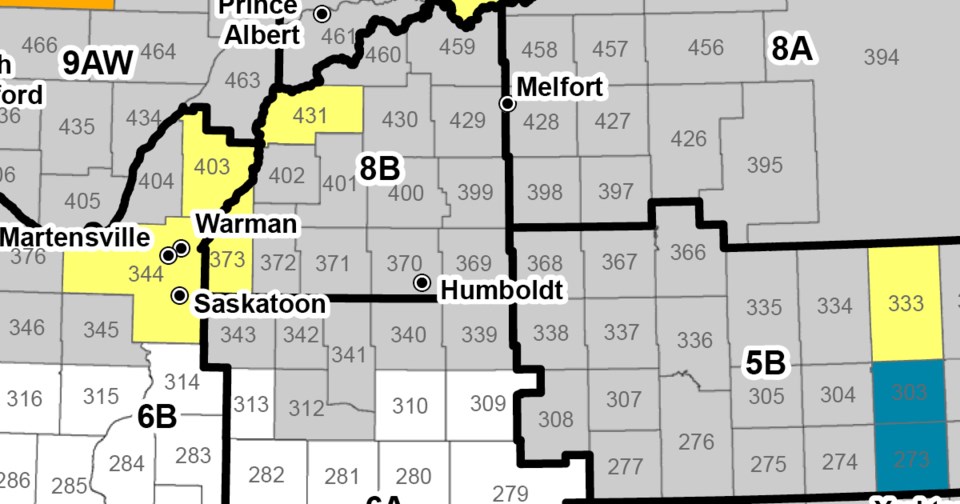There haven’t been any new clubroot-infested fields in the east central region of Saskatchewan since the disease was detected north of Wakaw in 2011, but that doesn’t mean it’s not there.
The provincial agriculture ministry released an update to its clubroot detection map Jan. 9, based on a surveys that tested approximately 1,500 fields around the province during 2018. The map highlights where clubroot has been detected since 2008.
In the RM of St. Louis, one field was identified with the disease in 2011, but 11 fields – one per township tested in 2018 – returned no positive results.
“We didn’t detect any clubroot within our surveys, but that doesn’t mean it’s not there in that RM, it just means we didn’t detect it,” said Barbara Ziesman, a provincial plant disease specialist. “Since it has been found previously, we do encourage producers to be proactive, to monitor their fields and start thinking about extending their rotations and using those clubroot management strategies on their farm.”
Ziesman said the ministry has taken a farmer-driven approach to deal with clubroot when the fungus is detected on a field.
“As part of this approach, the RM would be contacted, then the producer would be contacted by the RM and the pest control officer and they would be actually required to develop a clubroot management plan.”
That plan includes strategies that aim to keep the pathogen low to minimize impact on canola yield by using clubroot-resistant varieties of canola; using longer crop rotations, a minimum of three years; and minimizing the spread of the disease using soil conservation strategies and ensuring equipment is properly cleaned.
While the map is helpful in showing producers where clubroot has been detected, it’s doesn’t necessary show where the disease is actually present.
“The map is designed to give us an estimate of regional risk. It’s not meant to be the sole means of addressing clubroot risk,” Ziesman said. “We really do encourage producers to monitor their own fields and assess their own risk on a field-to-field level.”
Since clubroot spreads through millions of spores, it’s hard to get rid of it once it takes root. Yet at the same time, that doesn’t mean there’s no hope for producers.
“It’s not possible to eradicate it, but where we are in a really good position is since it has only been confirmed to the small number of fields and it isn’t uniformly present yet, we do have an opportunity to get ahead of that disease,” Ziesman said.
The disease specialist encouraged producers in areas where clubroot hasn’t been detected to keep an eye on their fields and start adopting some of the same strategies that farmers whose fields have the disease are taking to control it.



